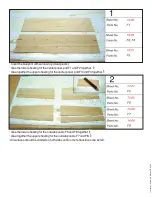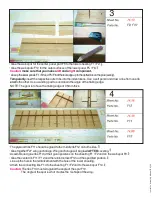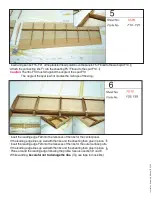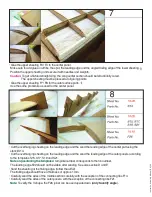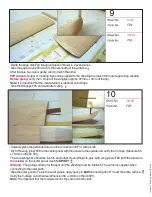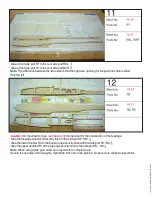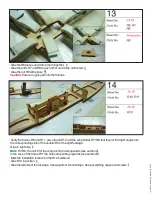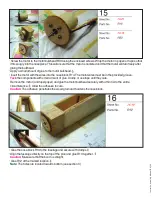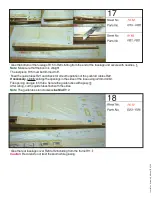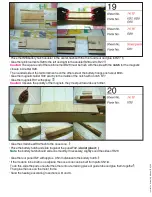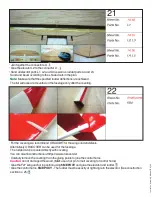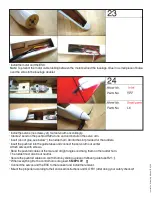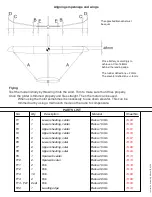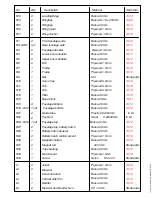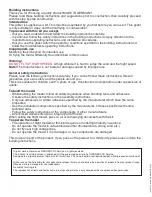
In
no
va
tio
n
As
se
m
bl
y
M
an
ua
l (
EN
) V
9
Building instructions
Thank you for choosing a quality product MADE IN GERMANY.
Please read these building instructions and suggestions prior to construction, then carefully proceed
with the step by step construction.
Intended Use
This glider is supplied as a kit. This must be assembled by you first before you can use it. This glider
is only suitable for slope and thermal flying in calm weather.
To proceed with this kit you accept,
- that you read, understand and follow the building instructions carefully.
- in particular, follow the safety instructions in the building instructions and pay attention to the
manufacturers operating instructions and installation procedures.
- that you use this glider within the operating conditions specified in the building instructions and
follow the manufacturers operating instructions.
Inappropriate use
Modifying the kit beyond it’s intended use,
Or flying the model differently than described in this manual.
Warning!
DO NOT FLY AT HIGH SPEEDS
. At high altitude it is hard to judge the wind and the flight speed.
Note!
The manufacturer is not liable for damage caused by improper use.
General safety instructions
Please read the following instructions carefully. If you cannot follow these instructions, this will
jeopardize your own safety and the people around you.
This kit is suitable for children over 14 years of age. Construction and operation under supervision of
adults.
To build the model
- While building the model, follow all safety regulations when handling tools and adhesives.
- Observe the safety instructions in the assembly instructions.
- Only use adhesives or similar adhesives specified by the manufacturer which have the same
properties.
- Use the installation components specified by the manufacturer, or those specified with same
technical data.
- Follow the safety instructions of the components of other manufacturers.
- All enclosed documents are an integral part of this kit.
When selling the flight model, pass on all accompanying documents with the kit.
To operate the model
- The operation of flight models of this kind requires a model flight liability insurance.
- Do not operate the model in unfavorable weather (thunderstorm, strong wind etc.)
Do not fly near high voltage lines.
- Do not operate the model if it is damaged, or any components are damaged.
This manual is part of the product. If you pass on the product to a third party, please also include the
building instructions.
Original work in German by GRÜNER CNC Service, all rights reserved.
This English translated version is published with the expressed permission of GRÜNER CNC Service.
Download the original document here with full illustrations. http://www.hoellein.com/downloads/pdf-artikel/gruener/innovation.pdf
Grüner can not be held liable for consequential damages that may arise during the operation of products from our product range.
Observe all notes intended for use (addendum).
No liability for misprints.
The reproduction of texts and text extracts, drawings and pictures is only allowed with our express written permission.

